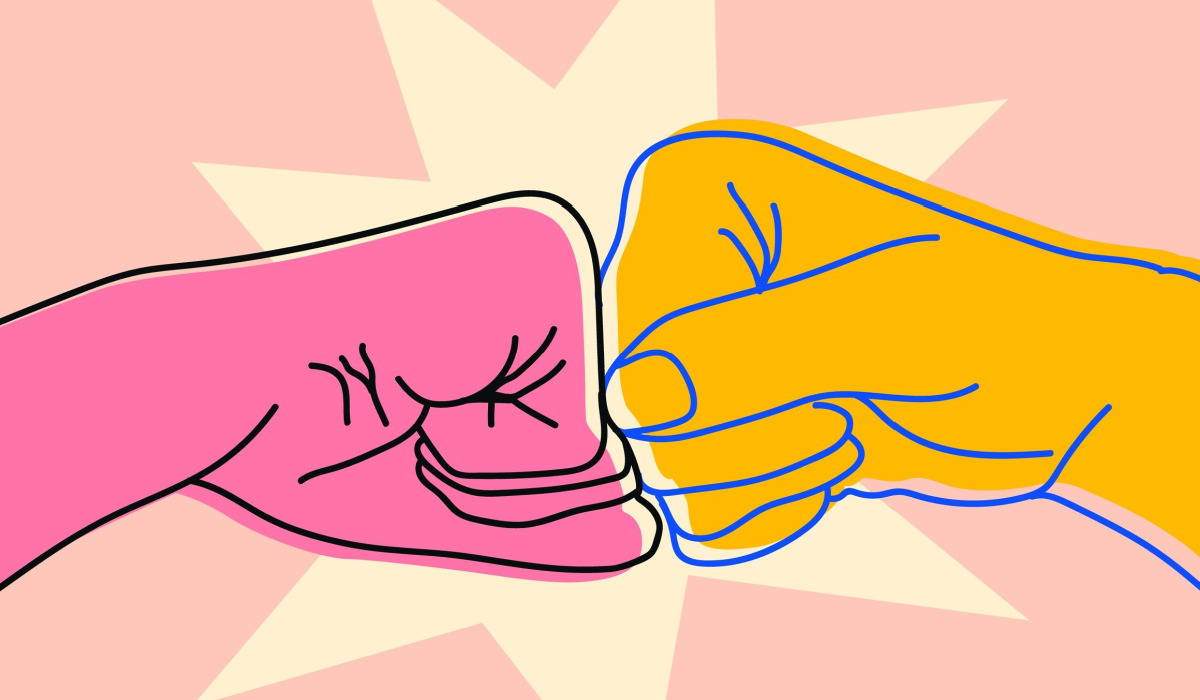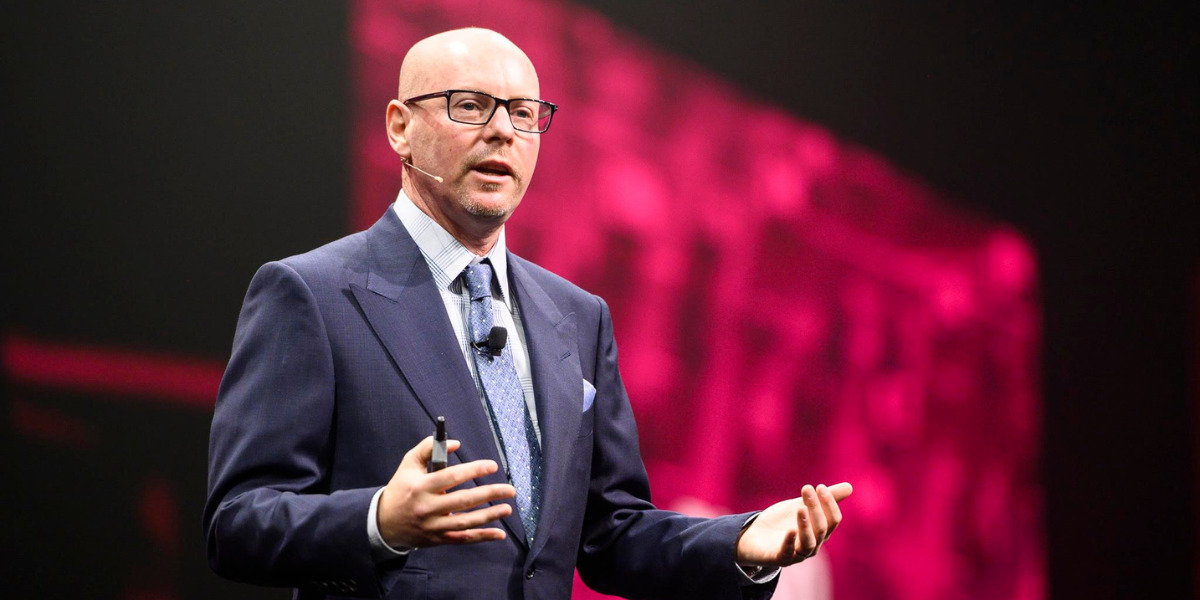What are you grateful for?
Perhaps you’re grateful for a good nights sleep, or time spent with loved ones. Maybe you find yourself practicing gratitude for dragging yourself out of bed on a cold morning to go to the gym, or you say a quick “thank you” to a friend who helped you through a rough patch.
We say thank you to the person making our coffee at the cafe, we thank a client for sending an invoice, and we thank the person who comes to fix the router when the internet is down. Showing gratitude and saying thank you to those around you (and yourself!) are powerful tools, but how often do we take the time to thank our team for doing a good job?
When it comes to inspiring others and boosting morale, practicing gratitude is what makes a good leader, a great leader.
The quickest way to create a positive culture that helps your employees (and your business) thrive is expressing gratitude in the workplace. Not only will it help to improve team performances, boost morale, and reduce stress, it also puts a smile on someone’s face (which is priceless).
What Is Gratitude?
Let’s have a quick look at what the dictionary says.
Gratitude (ˈɡratɪtjuːd/) noun: The quality of being thankful; readiness to show appreciation for and to return kindness.
Gratitude is a reciprocal act that serves as the basis of any relationship, business or otherwise.
As children, expressing gratitude was one of the first things our parents taught us. They reminded us to thank relatives who brought us presents, to thank the waiter for bringing our food to our table in the restaurant, and friends who gave us a helping hand whenever we needed it.
As we grew up, thanking others for their help slowly became second nature to us. To this day, if we meet someone who doesn’t thank the waiter who serves their food, we think of them as rude and ungrateful—and with good reason, too!
And yet, gratitude goes out of the window as soon you enter the workplace. A survey of 2,000 Americans conducted by the John Templeton Foundation found that people are less likely to feel or express gratitude at work than at any other place, including schools and at home.
Not surprisingly, those very same people ranked their jobs last on the list of things they’re grateful for.
It’s not that there’s no place for gratitude in the workplace. Most of the participants commented that being thanked at work makes them feel good about themselves and increases their motivation. Almost all of them agreed they also felt happier and more fulfilled when they thanked their colleagues. But only 10% of them acted on the impulse!
If receiving and expressing gratitude makes us feel happy and fulfilled, keeping it out of the workplace has the opposite effect. Lack of gratitude creates a culture of selfishness that has a negative effect on morale.
If their efforts are never acknowledged and their good work always goes unnoticed, your employees won’t feel fulfilled in their role, won’t be motivated to put in as much effort in the future, and won’t be hanging around your organization long. As soon as a better offer comes along, they’ll immediately jump ship.
Don’t Skip: Overcome Your Doubters Today – 13 Super Successful Entrepreneurs Share Their Stories
How Expressing Gratitude Helps Your Business Thrive
Don’t take my word for it. In recent years, researchers have studied the effects of gratitude (and lack thereof) in the workplace. The verdict is clear: gratitude is good for business. Here are just a few of the reasons why:
1. Gratitude Improves Employee Performance
Gratitude is the most effective way to build a team of top performers who stay with your organization as it grows—even when they receive a better offer from your competitors. According to research published in the Journal of Psychological Science, gratitude has a positive influence on the relationship between managers and their direct reports.
When employees feel their work is appreciated and they’re trusted by their boss, they become more loyal to the organization. They’re more motivated to get to work, do the best job they possibly can, and rarely quit.
2. Gratitude Boosts Empathy and Problem-Solving Abilities
At first glance, these may seem like two different points, but empathy and teamwork are more closely related than you might think. Gratitude is contagious. When you express gratitude to your employees, they perceive you as more responsive and caring, which in turn, encourages them to express concern for you and your organization.
Likewise, when employees get into the habit of expressive gratitude to one another, covert infighting and passive-aggressive behaviors that disrupt teamwork decrease. Employees become less likely to retaliate even when given negative feedback, preferring instead to cooperate with each other to solve problems.
3. Gratitude Enhances Self-Esteem
A study in the Journal of Applied Sport Psychology found that athletes who expressed higher levels of gratitude towards their coaches had higher self-esteem than those who didn’t. As you thank your employee for their daily contribution, they become grateful for the opportunity to work for a company that appreciates and values their work. This boosts their self-esteem, improving their overall performance. Your employees will face your customers with a more positive attitude and be better able to deal with any problems that arise every day in their job.
4. Gratitude Reduces Stress
Let’s face it: work is a major cause of stress, even when you love your job.
It seems like there’s always a new challenge to tackle or problem to solve. But while this kind of stress can be exciting and help you thrive, there’s a more dangerous type of stress that can slowly kill you. If you don’t like the kind of work you’ve been paid to do, are working in a negative environment where the culture promotes ruthless competition over cooperation, or you greatly dislike your boss and colleagues, the mere thought of going to work every morning makes your stress levels go through the roof, ruining both your health and the quality of your work.
Gratitude is one of the best tools for dealing with stress.
When you feel like a valuable member of the organization instead of a commodity that can be disposed of at the first mistake, you’re better able to deal with problems as they arise. After all, you know you won’t be fired if you don’t get it right on the first go.
5. Gratitude Keeps you Healthy
How many days of work are wasted on sick leave each year? Of course, you can’t blame your employees for being sick. We’re all human and we all face health issues from time to time. When that happens, we need to take the time to get better again, knowing we’ll still have a job to return to.
But what if you could create a working environment that promotes health? Injecting some gratitude into every workday does the trick.
Not only does gratitude reduce stress and the many ills it causes, but it also makes you pay more attention to your health. Grateful people have fewer aches and pains and report feeling overall healthier than people who don’t practice gratitude on a daily basis. The reason? Grateful people are more likely to exercise more, eat more organic food, and seek help for health concerns.
Ways To Express Gratitude To Your Employees
Now you understand why gratitude is such a vital part of your business culture. But how do you go about implementing it? This is kind of an abstract concept; what exactly are we talking about?
Saying a brief thank you while you’re busy on the phone or quickly passing through your office isn’t enough. Expressing gratitude is valuable only when it comes from a genuine and authentic place. It’s not a cursory duty you perform begrudgingly to increase your bottom line.
Increasing your company’s revenue quickly isn’t the goal here. The goal is to build genuine, positive, and productive relationships in the workplace that will inspire everyone to go beyond the call of duty every time, even during the most stressful of situations. That’s how eventually, indirectly, you increase your own bottom line.
There are concrete steps, however, to build such relationships. So if you’re struggling to come up with ideas on how to show your appreciation for your employees, here are three easy ways you can embed gratitude in your company’s DNA, right now:
1. Tell Them, Sincerely
When was the last time you thanked your employees for answering your customers’ emails in a helpful and positive tone, booking the restaurant for your business meeting, or screening your phone calls?
You might be thinking, “But it’s their job! Why should I thank them for it? Isn’t their salary thank you enough?” No, it’s not.
It’s true that your employees exchange their time and skills for a paycheck, but money is not the only reason people work, or the only thing they want to get from a job.
Even when we’re doing a job that doesn’t set our soul on fire, every one of us needs to get a sense of purpose and accomplishment from our efforts. If we don’t, no amount of money will drive us to do a good job. We’ll just do the minimum it takes to please the boss and not get fired. Gratitude is a way to fulfill these internal needs for respect and purpose. It succeeds where money fails.
A simple, sincere thank you, with eye contact and quick smile, goes a long way toward increasing loyalty and performance, and it doesn’t cost you a cent.
Every time one of your employees does their job well, offer a deliberate, sincere thank you. You’ll make their day and set a good example that’ll quickly spread throughout your business culture.
2. Send Them Thank You Notes
When Douglas Conant landed the job as CEO of Campbell Soup Company, the brand’s prospects were looking dire. Sales for condensed soups, its main offering, had considerably declined and more than 70% of its managers felt disengaged from their jobs. Rumor had it, the company was about to be bought by one of its competitors.
Fast forward eight years, and things couldn’t be more different. Under Conant’s leadership, the brand has turned its fortunes around. Harvard Business Review reported that earnings increased up to 4% a year over eight years. Not only did sales go up, but 68% of its employees also reported to be actively engaged. Coincidence? I don’t think so.
Re-engaging the brand’s workforce was one of Conant’s winning strategies. His reasoning was simple: “To win in the marketplace,” he told Forbes, “we believe you must first win in the workplace. I’m obsessed with keeping employee engagement front and center and keeping up energy around it.”
Conant always celebrates employees’ successes and regularly invites them out to lunch to ask for their feedback in an informal setting. But he also sends out about 20 thank you notes a day to staffers at all levels.
No one’s contribution is considered too small or unimportant for recognition. This is so rare in the workplace, it’s no wonder employees are now more motivated to do their job—and do it well, too!
Indra Nooyi, the CEO of PepsiCo, took Conant’s initiative a step further. She writes notes not just to all her direct reports, but to their parents, too! In these notes, she thanks them “for the gift” of their children and the wonderful jobs they are doing for the organization.
Every month, pick one or two employees and write them each a short note thanking them for their contribution. Be specific. Mention an occasion when their insights helped move a project forward or solved a problem for an angry customer. Every now and then, try sending a thank you note to their parents, as well.
3. Give Them Gifts
I’m not talking about the customary gift every employee receives at Christmas. They know it’s a given and won’t value it all that much (especially if they get another Starbucks gift card or mug emblazoned with your logo. Come on, you can do better than that!).
Gift giving is something that should be deeply embedded in your organization. If you don’t know where to start, take a leaf out of Richard Branson’s book. There’s a reason the legendary entrepreneur routinely tops the list of ideal bosses: He’s always looking for ways to reward employees for their hard work.
Virgin’s employees enjoy many perks, including Tribe cards that give them discounts at restaurants, shops, and even for travel insurance. They also receive up to 50% discounts on the company’s products, are allowed to take unlimited holidays and even have parties thrown in their honor.
Brainstorm ways you can show your gratitude to your employees with a gift. If you are a jewelry designer, for example, you can give them a bracelet or ring engraved with their name. If you have a virtual team, you can send them a food basket.
Or you can partner with a cinema, gym, or spa in your town and give your employees a sizeable discount. On their birthday, you can buy them a bunch of flowers or a plant and accompany it with a handwritten thank you note (double gratitude booster).
Get creative. The possibilities are endless!
Bonus: Foster Gratitude Between Employees
As the leader of your organization, it’s your job to set the example and take every chance you get to say thank you to your employees for all their hard work and their contribution. But, don’t stop there. The key to fully embedding gratitude into your company’s DNA is to foster it between your employees.
Imagine a workplace where your people know they can freely express their ideas, where everyone is acknowledged for their efforts and accomplishments, and where your employees help each other out instead of getting involved in internal fights to get your attention.
Sound like a dream? Gratitude can make it happen.
Dropbox has created a program called Gratitude Post. Managers asked the design team to create a card for each one of the company’s core values, including teamwork and attention to detail. Whenever an employee lives out one of these values, colleagues can show gratitude by writing a thank you note or congratulatory message on the corresponding card and have it delivered by the Gratitude Post team.
The employee gets recognition and the company develops a productive work environment—plus interesting data on what values drive its employees.
You don’t need a big budget to implement your own gratitude program. Creating a gratitude wall where your employees can put up sticky notes showing their gratitude for their coworkers works just as well. If it helps, messages can be anonymous. It doesn’t matter who acknowledges you, being acknowledged in the first place is what matters.
Create your own gratitude program. If you have a small team, get them involved to figure out if they’d rather remain anonymous or are happy to sign their notes. Maybe they’ll want to decorate the wall, create special thank you cards, or propose other suggestions that can make your program even more effective.
Keep Learning: Microexpressions – The Superpower to Winning Negotiations
Spread the Graditude
The power of gratitude is undeniable. It creates a positive culture that melts away negativity at work, turns employees into loyal top performers who join forces to bring your business to the next level, and can more than double your bottom line when done right.
The attitude’s what counts the most. You don’t have to invest hundreds of dollars into a gratitude program (although, if you have the budget, you definitely can). A sincere thank you, whether spoken or written, is a great place to start to inject some gratitude into the workplace. You’ll soon see its ripple effects spread to every part of your business—and even extend to your personal happiness.
Now it’s your turn. How will you inject more gratitude into your workplace? It may inspire others to give gratitude a go, too.


















